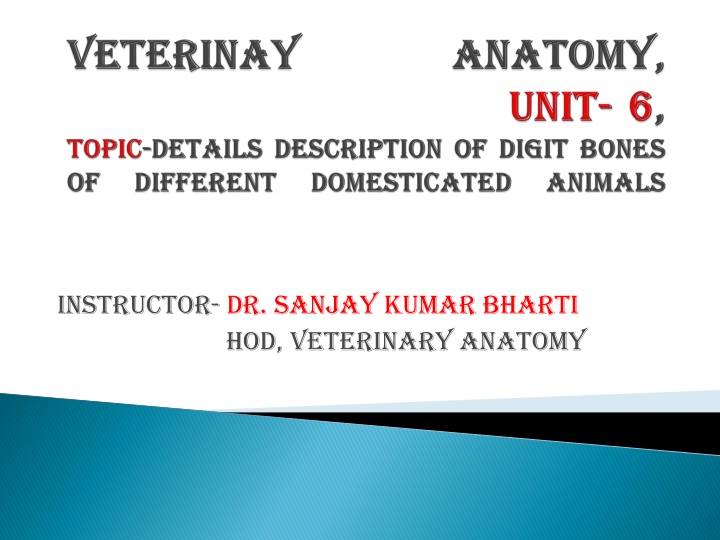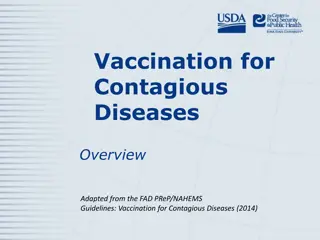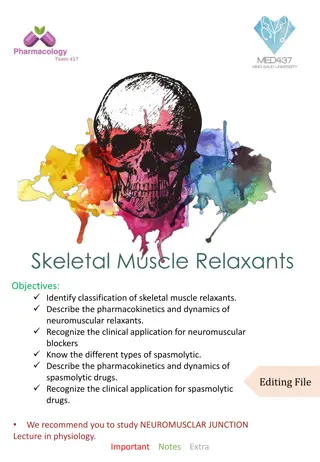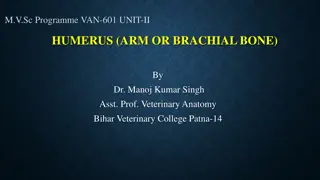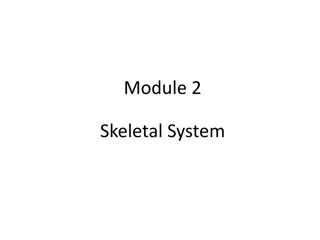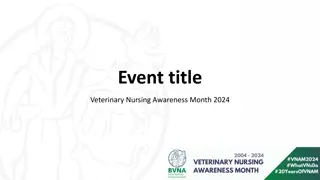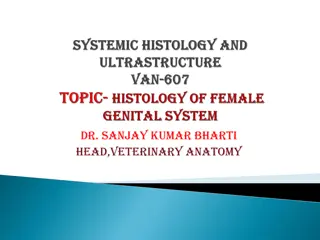Overview of Veterinary Anatomy: Ox Skeletal Structure
Explore the intricate skeletal structure of an ox focusing on the digits, phalanges, and joints such as the fetlock and pastern. Dive into the detailed descriptions of the first and second phalanges, their surfaces, and articulations. Gain insights into the unique characteristics of the accessory digits and their placement behind the fetlock.
Download Presentation

Please find below an Image/Link to download the presentation.
The content on the website is provided AS IS for your information and personal use only. It may not be sold, licensed, or shared on other websites without obtaining consent from the author.If you encounter any issues during the download, it is possible that the publisher has removed the file from their server.
You are allowed to download the files provided on this website for personal or commercial use, subject to the condition that they are used lawfully. All files are the property of their respective owners.
The content on the website is provided AS IS for your information and personal use only. It may not be sold, licensed, or shared on other websites without obtaining consent from the author.
E N D
Presentation Transcript
Instructor- DR. SANJAY KUMAR BHARTI HOD, VETERINARY ANATOMY
Ox It has two digits -the third and fourth are fully developed and have three phalanges and three sesamoids each. The second and the fifth are vestiges and are known as accessory digits or dew claws. These are placed behind the fetlock. Each accessory digit contains one or two small phalanges, which do not articulate with the rest of the skeleton. Each of the developed digits has 3 phalanges i.e. 1st2ndand 3rd
First phalanx / os suffraginis It is a long bone placed obliquely downward and forward between the large metacarpal above and the second phalanx below. Forming fetlock joint above and pastern below. For description having 2 extremities and a shaft The proximal extremity is larger than the distal. Its articular surface is divided by a sagittal groove into two areas (the abaxial being the larger and higher), which respond to the distal end of the large metatarsal and behind these are two facets for the proximal sesamoids. On the volar aspect are two tubercles for ligamentous attachment. .
The shaft is four sided, means having 4 surfaces 1.Dorsal face/Anterior is convex and blends with the abaxial. 2. Volar face/Planter is flat and presents two tubercles, one on either side about the middle of its borders for ligamentous attachment and two articular surfaces for sesamoid bones. 3. Axial face is flat. 4.Abaxial face is rough. The distal extremity is smaller. Its articular surface is divided by a sagittal groove into two condyles (abaxial being the larger) which respond to the proximal extremity of the second phalanx
Second phalanx /os coronae It is shorter than the first placed obliquely downward and forward between the first and third phalanges and forming pastern joint above and coffin joint below. The distal half of each is included within the hoof. For description having 2 extremities and a shaft The proximal extremity is made up of two glenoid cavities, the abaxial of which is the larger. The volar aspect presents two tubercles for the attachment of the superficial flexor tendon.
The shaft is three sided. Volar face is flate and is encroached on by the distal articular surface. Abaxial face is rough, rounded and irregularly concave while the Axial face is flat. Distal extremity is smaller and is divided by sagittal groove into two condyles, the abaxial being the larger. It articulates with the superior face of the third phalanx below and the distal sesamoid behind.
Third phalanx / os pedis It is a short bone entirely enclosed in the hoof. Above is in contact with 2ndPhalanx and forms coffin joint. It presents four surfaces and an angle. The superior face is articular and presents two areas for the distal extremity of the second phalanx and a small facet along the volar border for the distal sesamoid. The inferior face or solar surface is nearly flat, wide in the middle and narrowest in front. -It is in contact with the sensitive sole in life. The interdigital surface is smooth and grooved below and rough and porous above. -It presents a large foramen near the extensor process, the volar foramen.
The laminar surface slopes from above downward and becomes steep posteriorly. Distally it is traversed by the preplantar groove with several foramina; the most posterior of these is the largest. The surface is covered by the sensitive lamina in life. At the extreme upper part of the dorsal border is the extensor process for the common digital extensor. The volar border is thick for the attachment of the deep flexor of the digit. The angle is a blunt process at the extreme posterior part of the laminar surface.
There is only one three Each phalanx appears like the combined corresponding phalanges of the ox. First phalanx, the volar face presents a V shaped area beginning from the proximal tuberosities and converging distally, which furnishes attachment to the distal sesamoidean ligament. The proximal face is articular and is divided by a sagittal groove into two concave areas, the medical being the larger. The lateral face bear tubercles. one digit - the third and it consists of three phalanges and three three sesamoids. Second phalanx is a short bone being more wide than long.
Third phalanx has 3 surfaces, 3 borders and 2 angles. The superior articular surface is adapted to the distal extremity of the second phalanx and distal sesamoid. The volar face is divided by the semilunar crest into a larger concave solar surface and smaller semilunar flexor surface. The latter presents a central prominent area on either side of which is the volar foramen, which leads into semilunar canal within the bone. The crest and the prominent area furnish attachment to the deep flexor tendon.
The antero-superior orcoronary border bears about its middle the extensor process or the pyramidal process for the common extensor tendon. The postero-superior border is nearly straight and forms the posterior limit of the superior articular surface. The distal border is irregularly notched with a wider notch in front. The angles or wings project backward and are divided into upper and lower parts by a notch or a foramen. The proximal border of the angle carries the cartilage of the third phalanx
DIGITS Two chief digits three phalanges each. There are of phalanges in each are similar to that of the chief digits. PHALANGES Each digit has three phalanges. The phalanges of third and fourth are well developed. The phalanges of second and fifth digit are small and generally donot reach the ground. There are two proximal and distal sesamoid bones in each digit. (the third and fourth) consist of two accessory digits and the numbers
DIGITS There are five digits. The third and the fourth digits are the longest. The first digit has two phalanges and does not come in contact with the ground. The rest have three phalanges each
PHALANGES The first digit has two phalanges and the other digits have three phalanges each. First phalanges of the chief digits have four sided shafts. Second phalanges about two thirds of the length of the first phalanges and their distal extremities are wider and flatter than those of the first. Third phalanges correspond to the shape of the claws. The proximal face or base responds to the second phalanx. It is encircled by a collar of bone with which it forms a groove into which the proximal border of the claw is received.
-Digits are 3 in numbers The first and second digits have two phalanges each. The third has only one phalanx
